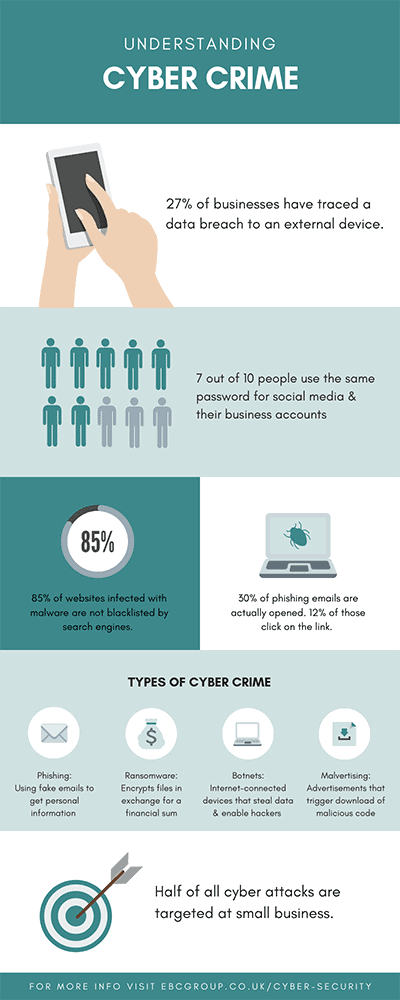What is meant by an IT Audit?
An "IT Audit" refers to a systematic evaluation or examination of an organisations information technology (IT) systems, processes, and controls. The primary purpose of an IT audit is to assess the effectiveness, security, and overall health of an organisations IT infrastructure to ensure it is aligned with business objectives and industry best practices. Here are some key aspects of an IT audit:
Compliance: IT audits often focus on ensuring that an organisation is compliant with relevant laws, regulations, and industry standards. This can include data protection laws, industry-specific regulations, and cybersecurity guidelines.
Security: Assessing the security of IT systems and data is a vital part of IT audits. This will involve evaluating the effectiveness of security controls, vulnerability assessments, access controls, encryption, and incident response plans to protect against cyber threats.
Risk Management: IT audits aim to identify and assess IT-related risks that could impact an organisations operations or reputation. This includes evaluating risk management practices and the adequacy of disaster recovery and business continuity plans.
Operational Efficiency: Auditors often examine IT processes and the procedures to identify areas where efficiency can be improved. This can involve evaluating the utilisation of IT resources, evaluating the effectiveness of IT service management (ITSM) practices, and identifying opportunities for cost savings.
Data Integrity: Ensuring the accuracy and reliability of data is essential. IT audits may involve checking data backup and recovery procedures, data validation processes, and data quality controls.
Change Management: Auditors may assess how changes to IT systems are managed, including the approval process, testing procedures, and documentation of changes.
Asset Management: IT audits often involve verifying that an organisations IT assets, such as hardware and software, are properly tracked, managed, and secured.
Documentation and Policies: Evaluating the existence and adequacy of IT policies, procedures, and documentation is another important aspect. This includes reviewing IT governance, user access policies, and incident response plans.
Comprehensive Reporting: After conducting the audit, the auditor typically provides a detailed report that outlines findings, recommendations, and action plans to address any identified issues or deficiencies.
IT audits can be performed by internal auditors within an organisation or by external auditors from specialised audit firms. The specific focus and scope of an IT audit can vary depending on the organisations needs and objectives. The goal is to help organisations enhance the reliability, security, and efficiency of their IT systems while mitigating risks.


